
- Trusted by Over 2000 Schools Nationwide
- Top-Rated PD Provider ★★★★★ 4.77
- Save with our Kits & Packages – Shop Now! →
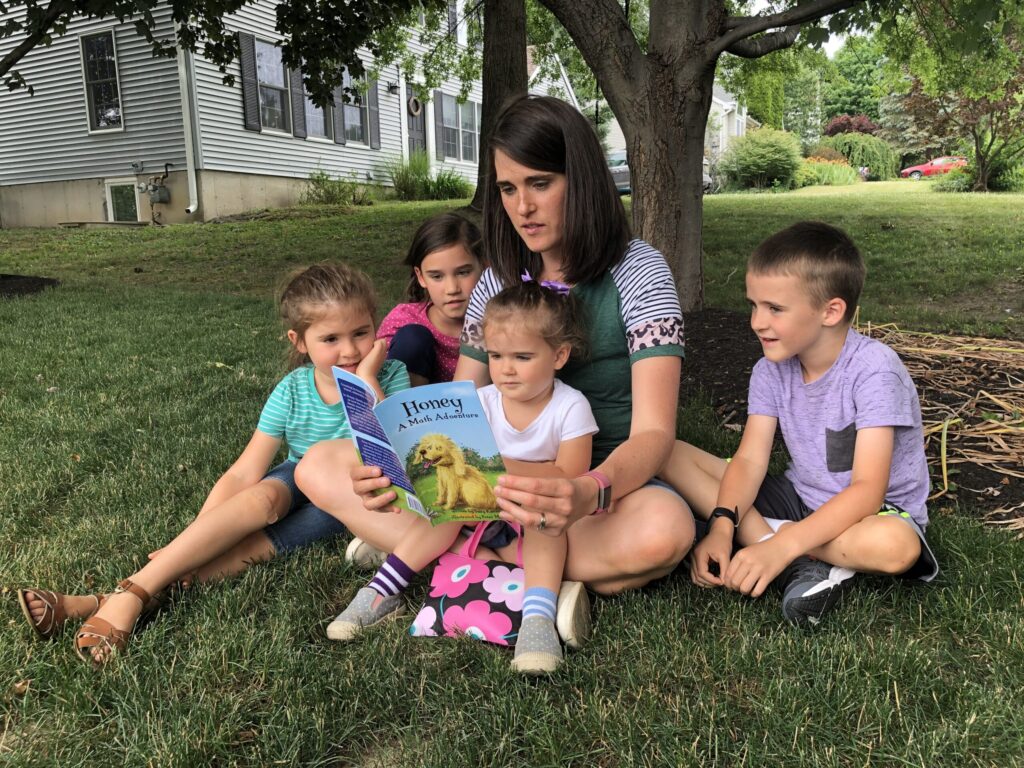
National Family Literacy Month was started in November 1994 by the National Center for Families Learning (NCFL). The celebration encourages parents and caregivers to read with their children. It also raises awareness of the crucial role caregivers have in their children’s education. The month starts with National Family Literacy Day on November 1st.
This year, Math & Movement is sharing literacy activities for elementary students that teachers can partake in to foster family literacy. Most importantly, we want young children to have fun reading!
Why is it important for parents and caregivers to read with their children? Many studies have found that parental involvement in a child’s education greatly benefits the child’s academic success.
A research summary published by the National Literacy Trust reported that “parental involvement in [a] child’s reading has been found to be the most important determinant of language and emergent literacy.” The summary continues to say that “parental involvement in their child’s literacy practices is a more powerful force than other family background variables, such as social class, family size, and level of parental education.”
A study by Goucher College found that children’s academic performance improved as a result of their parent’s involvement in literacy-related activities throughout their lives.
A 2021 research article reported that unsupportive early home learning environments are linked to persistent difficulties in developing reading skills. Furthermore, another study found that 3rd grade students who do not read proficiently are four times more likely not to graduate high school on time.
The research supporting the high value of reading at home as a family is irrefutable. This is what National Family Literacy Month is all about – learning as a family and setting young children up for success.
In addition to educational benefits, reading has many emotional and social benefits. Reading helps children develop their imaginations while reducing stress levels. If families read aloud, children’s listening skills will improve.
The research summary by the National Literacy Trust also mentions that reading at home fosters a child’s interest in reading and helps them develop a positive attitude towards reading. Young children will view reading as an enjoyable activity if it is done regularly at home rather than another “boring” school assignment.
In summary, reading as a family at home will only benefit a child. When reading is a fun and regular activity at home with family, a child is more likely to be successful at school.
What can teachers do to encourage more reading time at home as a family? Here are some literacy activities for elementary students that teachers can start in their classrooms to encourage family literacy at home. These ideas are great for celebrating National Family Literacy Month but they can be started at any time!
Surely, your students have been to their school’s library, but have they ever been shown around the whole thing? Go on an in-depth tour of your school’s library for National Family Literacy Month. Show them all of the different types of books the library has and where they are located. Review how students can find a specific book and check out books to take home.
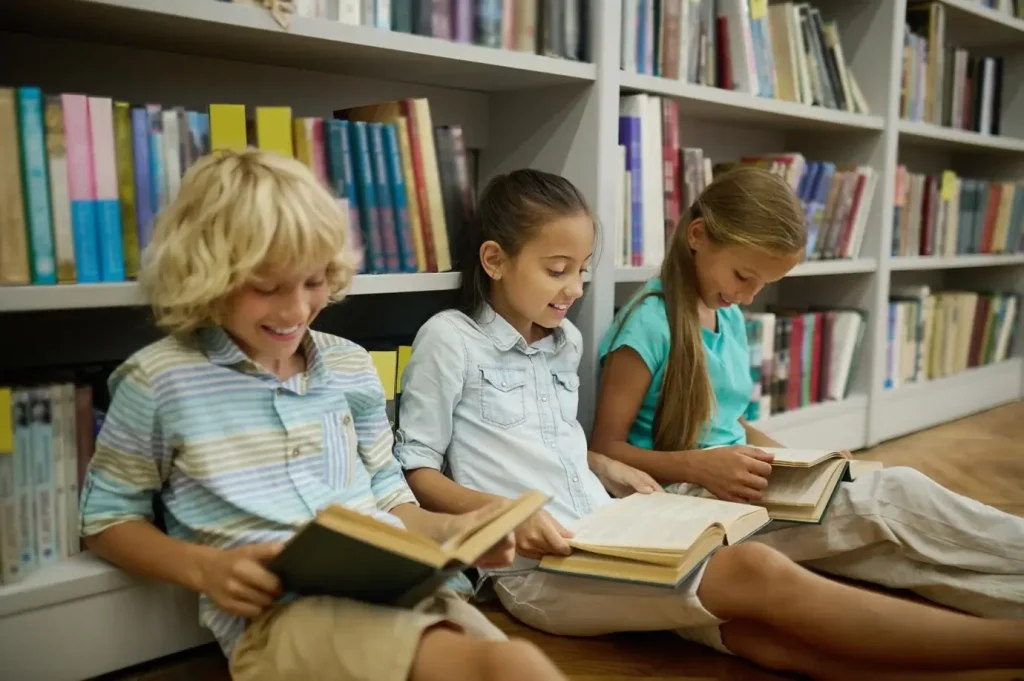
Tell your students about your town’s local library – where it is located, what they can find there, and what kinds of events the community may hold there. Some students may not know anything about their library. Send home your local library’s calendar and information on how to get a library card. If possible, you can even organize a class field trip to the library!
Some of your students’ families may not have access to age-appropriate books or a way to get to the library. Create a mini library in your classroom using a small bookshelf. Collect grade-level appropriate books from rummage sales and thrift stores. Allow your students to borrow and take home these books!
Have a show-and-tell day where students share their favorite books with the class. Ask them to summarize the book and share why the book is their favorite. (A lot of the time, a child’s book is their favorite because they received it from or read it with a family member!)
Furthermore, if your students are old enough, allow them to choose their own books for a book report assignment. This will give them agency over their learning.
Try assigning some at-home reading challenges for your elementary students, but make it fun! Use incentives to make reading a routine habit at home.
For example, assign 10 minutes of reading each evening for your students. Create a reading log that a parent can sign off on. The students who complete 50 minutes of reading at the end of the week get a prize. Or, if the whole class completes a certain amount of reading time at home, they get game time on Friday afternoon. Come up with a reward system that works for your class.
A Math & Movement Family Fun Night is a great way to engage parents and families at your school. Children use colorful floor mats to learn grade-relevant math and literacy concepts through movement and play. Parents join the fun with their children as they move from mat to mat and complete activities together.
Overall, the event fosters quality, educational family time! Read more about Family Fun Nights here.
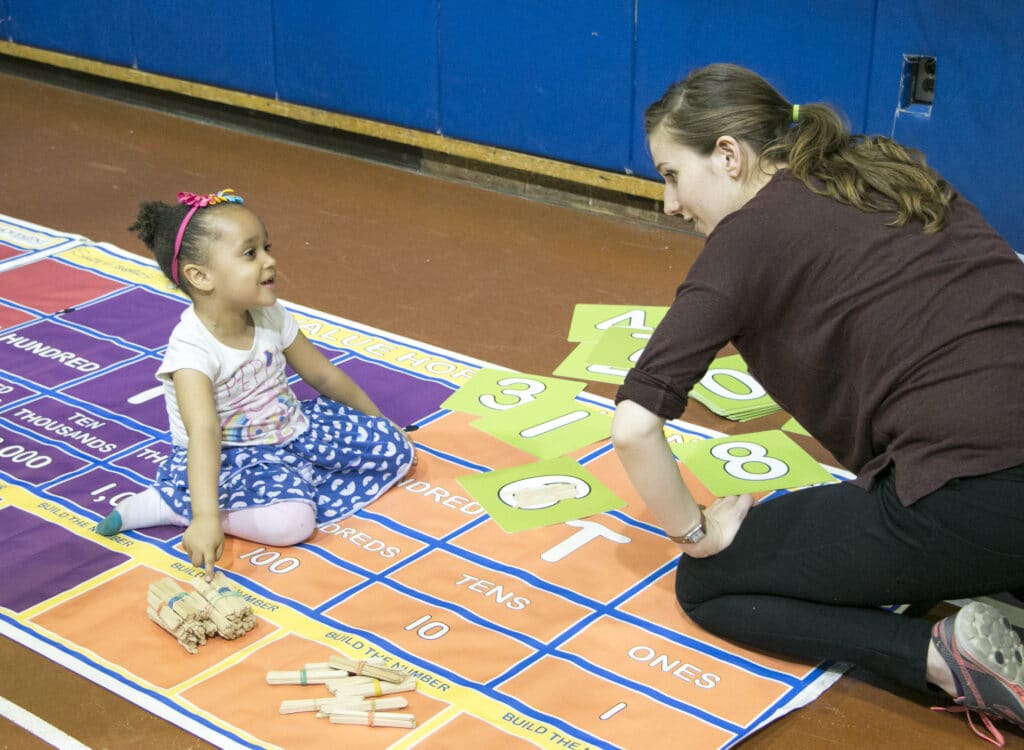
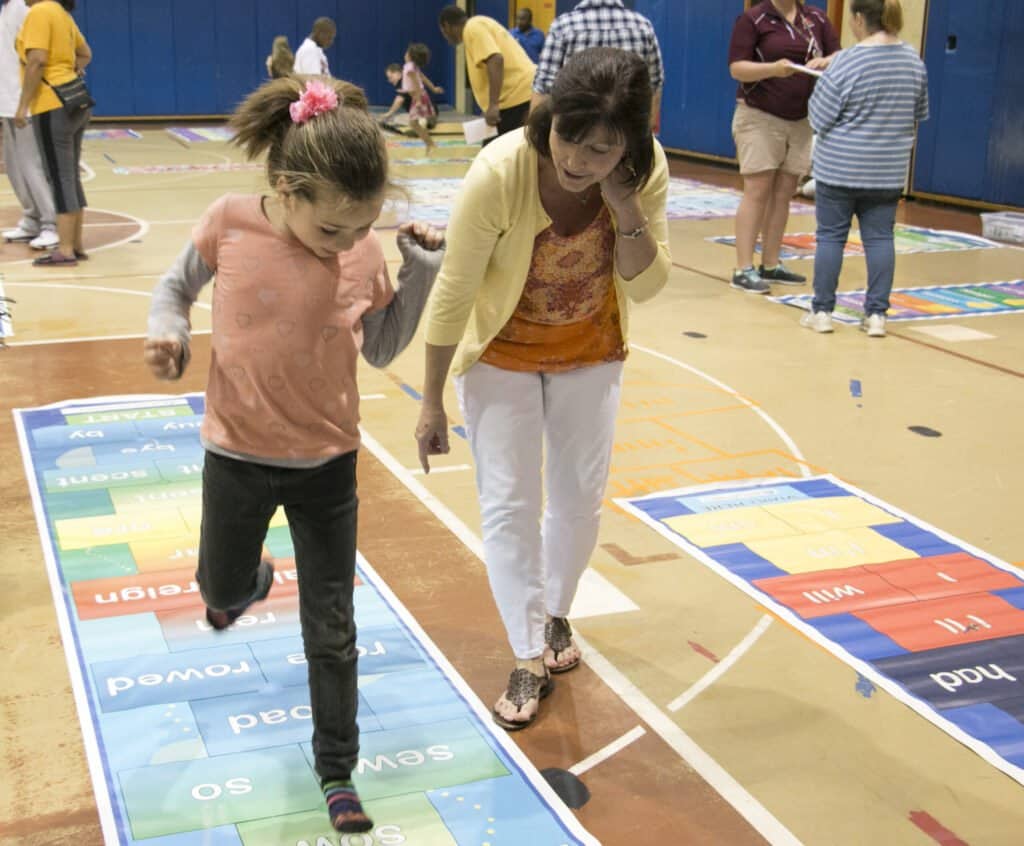
In addition to Family Fun Nights, Math & Movement offers a selection of storybooks perfect for elementary classroom bookshelves. Many of our books tell a fun story while teaching a math concept. Plus, they’re a great way to become familiar with math vocabulary words. Practice skip counting by 5s while following Sarah’s adventure with her dog Honey. Or, learn about odd and even numbers in a tale about Buddies.
Our products incorporate multi-sensory learning strategies that make reading fun and engaging. We offer a selection of literacy products that can be used alongside your classroom’s existing reading materials.
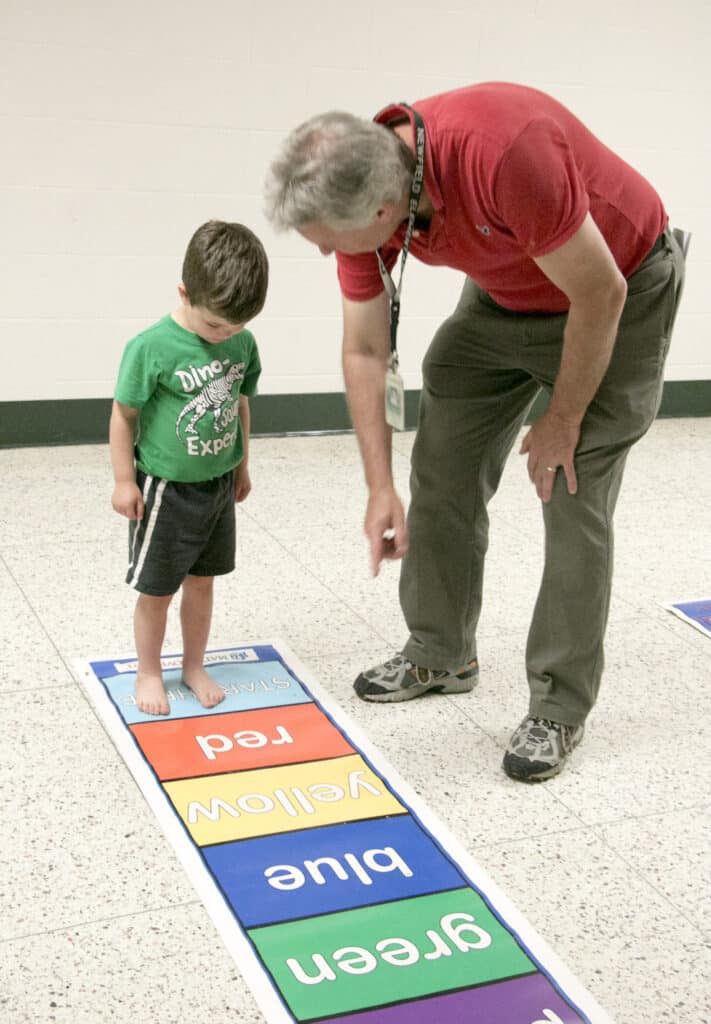

Brady, Elizabeth. “The Effects of Parental Involvement on Reading Success in Kindergarten.” Maryland Shared Open Access Repository Home, Goucher College, 1 July 2015, mdsoar.org/handle/11603/1683.
Clark, Christina. “Why It Is Important to Involve Parents in Their Children’s Literacy Development.” ERIC, Institute of Education Sciences, Jan. 2007, files.eric.ed.gov/fulltext/ED496346.pdf.
Hernandez, Donald J. “Double Jeopardy: How Third-Grade Reading Skills and Poverty Influence High School Graduation.” ERIC, Institute of Education Sciences, 31 Mar. 2011, eric.ed.gov/?id=ED518818.
Napoli, Amy R., et al. “Characteristics Related to Parent-Child Literacy and Numeracy Practices in Preschool.” Frontiers, Frontiers, 9 Feb. 2021, www.frontiersin.org/articles/10.3389/feduc.2021.535832/full#B21.
Movement isn't just for recess
Want to get started with movement-based learning right now? Enter your email to get our training manual with over 250 active math movements. No materials necessary!
Subscribe to Our Newsletter
We never share or sell your data.
Please leave your email and a quick note for us. We will get back to you soon! In the meantime, here are answers to some of our most common questions:
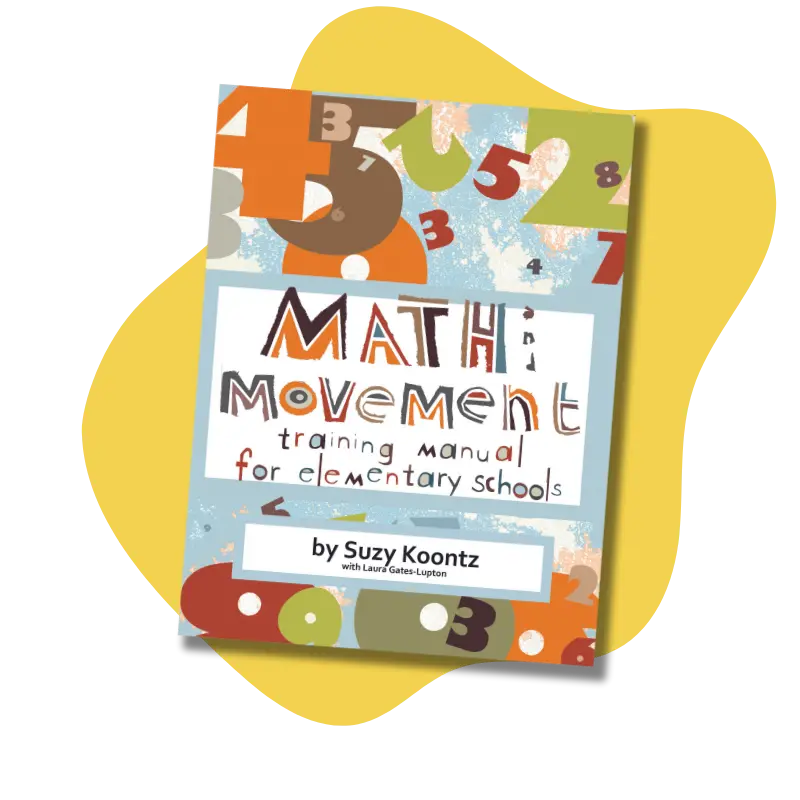
Enter your email to get our training manual with over 250 active math movements. No materials necessary!
We never share or sell your data.